【Beitou Hot Spring Museum】Must-Visit Attractions In Taipei.A public not spring bath built during the Japanese colonial era.|Taipei Free Tour
The Beitou Hot Spring Museum, beloved by Japanese, Korean, and Taiwanese alike, is a must-visit indoor attraction in Taipei, offering a strong Japanese ambiance that is perfect for photography. Plus, it's free to enter!
How to get to Beitou Hot Spring Museum?
1.MRT (Metro)
Take the Danshui Line (Red Line) to "Xinbeitou Station" and walk approximately 5-10 minutes to reach the museum.
1.Bus
(1) Take bus 216, 218 to "Beitou Park" and walk about 5 minutes along Zhongshan Road to reach the museum.
(2) Take bus S22 to "Beitou Park Station" and walk about 5 minutes along Zhongshan Road to reach the museum.
Beitou,Taipeu One Day Tour
Planning a day trip to Beitou? You can take the MRT to Xinbeitou Station and explore on foot. Start from Taipei's century-old station, Xinbeitou Station, and along the way, visit the Ketagalan Culture Center to admire the traditional attire and cultural life of Taiwan's indigenous peoples. Continue to Beitou Park, where you can explore the acclaimed "Beitou Library," known as Taiwan's most beautiful library, and the distinctly Japanese-styled "Beitou Hot Spring Museum." Finally, walk along Zhongshan Road to reach the steam-surrounded Beitou Thermal Valley. History enthusiasts interested in Taiwan's military history can also visit Heart Village to see where soldiers relocated after the Chinese Civil War.
Beitou Resorts
If you're visiting Beitou, why not choose a hot spring resort to enjoy a soak? Spending a night in Beitou and indulging in unlimited soaking time is also a great option to fully immerse yourself in relaxation!
Click here to book a hotel in Beitou
Click here to book a hot spring experience in Beitou.
Beitou Hot Spring Museum
The quaint Japanese-style architecture, formerly a public bathhouse during the Japanese colonial era, has transformed into one of Taipei's beloved attractions, adored by visitors from around the world!Due to the requirement of changing into indoor slippers before entering the exhibition areas, there are numerous volunteers enthusiastically guiding visitors at the entrance. These volunteers are highly skilled in directing the flow and sanitization procedures. They instruct guests to remove their shoes at the seating area, replace them with indoor slippers near the shoe cabinet, take a small wooden board key from the cabinet door, and then proceed inside for the tour.
Each small wooden board has slightly different markings, clearly indicating numbers so visitors don't have to worry about forgetting where their shoes are stored. At the end of the visit, when returning the indoor slippers, volunteers meticulously disinfect each pair with alcohol, demonstrating exceptional dedication and care.
On the second floor exhibition area, natural and cultural aspects of Beitou are introduced, accompanied by vintage black-and-white photographs, narrating stories beyond "hot springs" to visitors.
The view outside the windows on the second floor is also great for photos, especially with the weekend afternoon sunlight and lanterns reminiscent of a Japanese festival. It's easy to get confused whether you're in Japan or Taiwan!
During the Japanese rule of Taiwan at that time, the local customs were heavily influenced by Japanese culture. Consequently, people with tattoos were not allowed to enter and enjoy the hot springs. Today, regardless of whether you have tattoos or not, everyone can fully enjoy the warmth of Beitou's hot springs!
In one corner of the public bathhouse, you might feel like you've stepped into an anime or a Japanese period drama, where you often see these small stools. The key thing here is everyone helping each other to scrub their backs, right?
There are also some small items from that era, such as matchboxes, towels, and yukatas from various hotels.
Rich with vintage photographs, completely covering an entire wall...
Watching the originally worn-out and weathered baths and buildings, under the careful nurturing of teams and experts, they have transformed into the playful museum they are today.
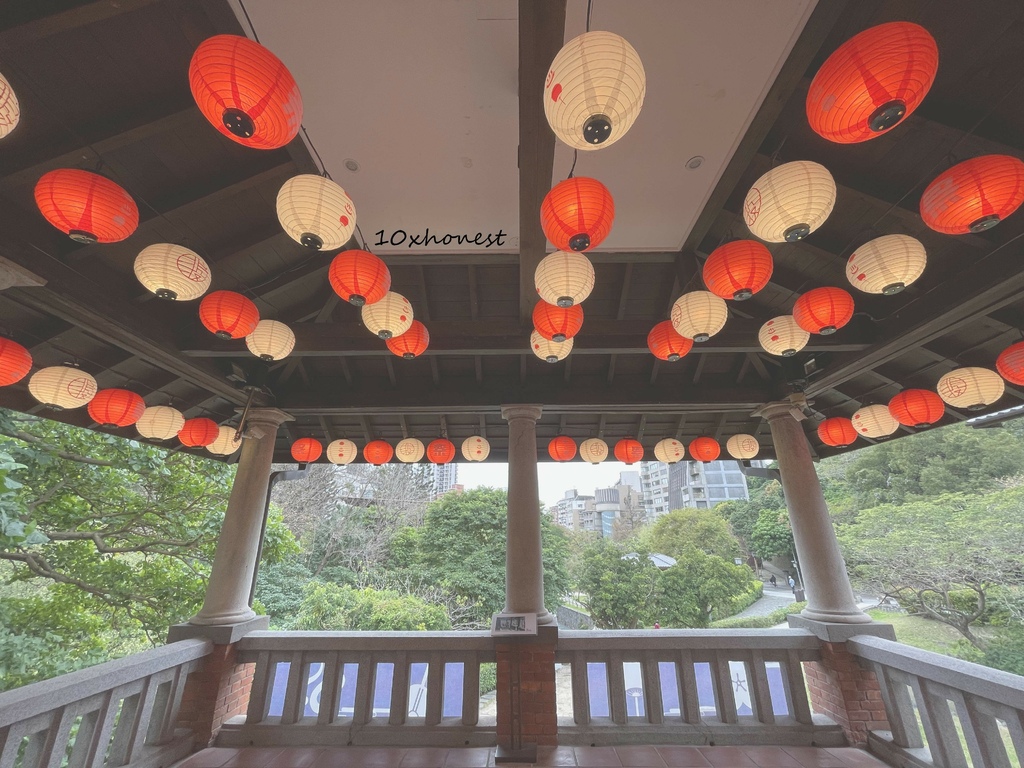
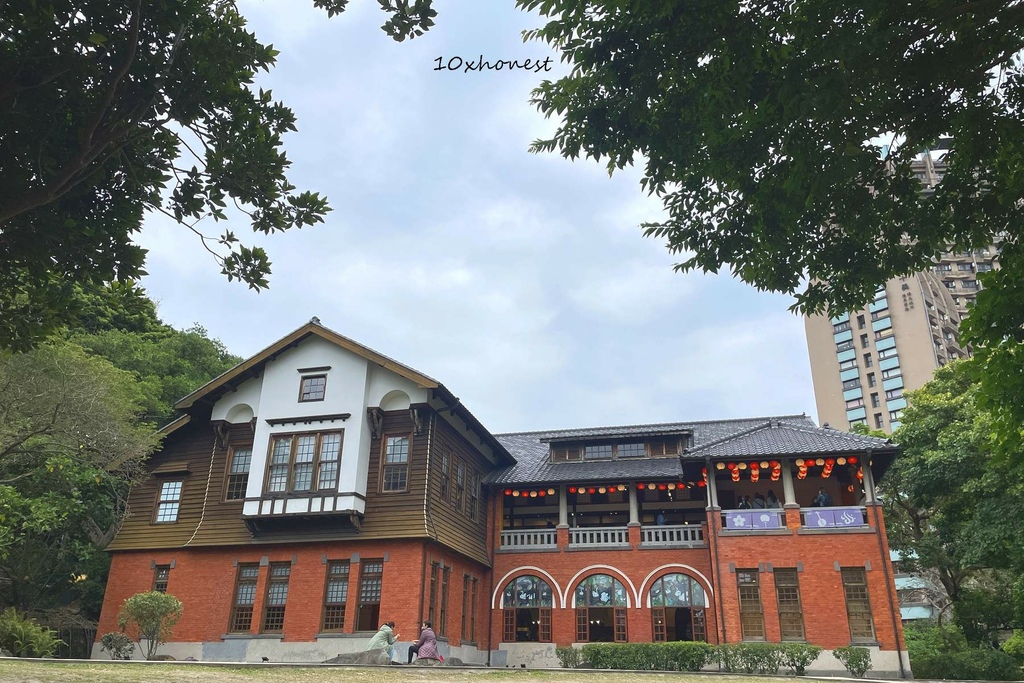
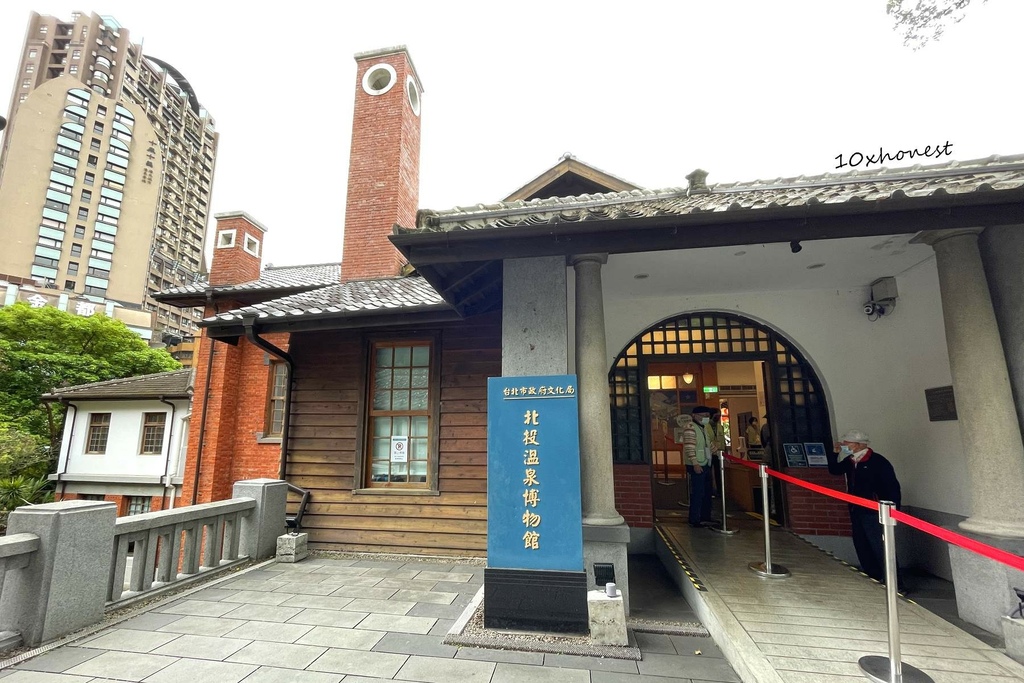
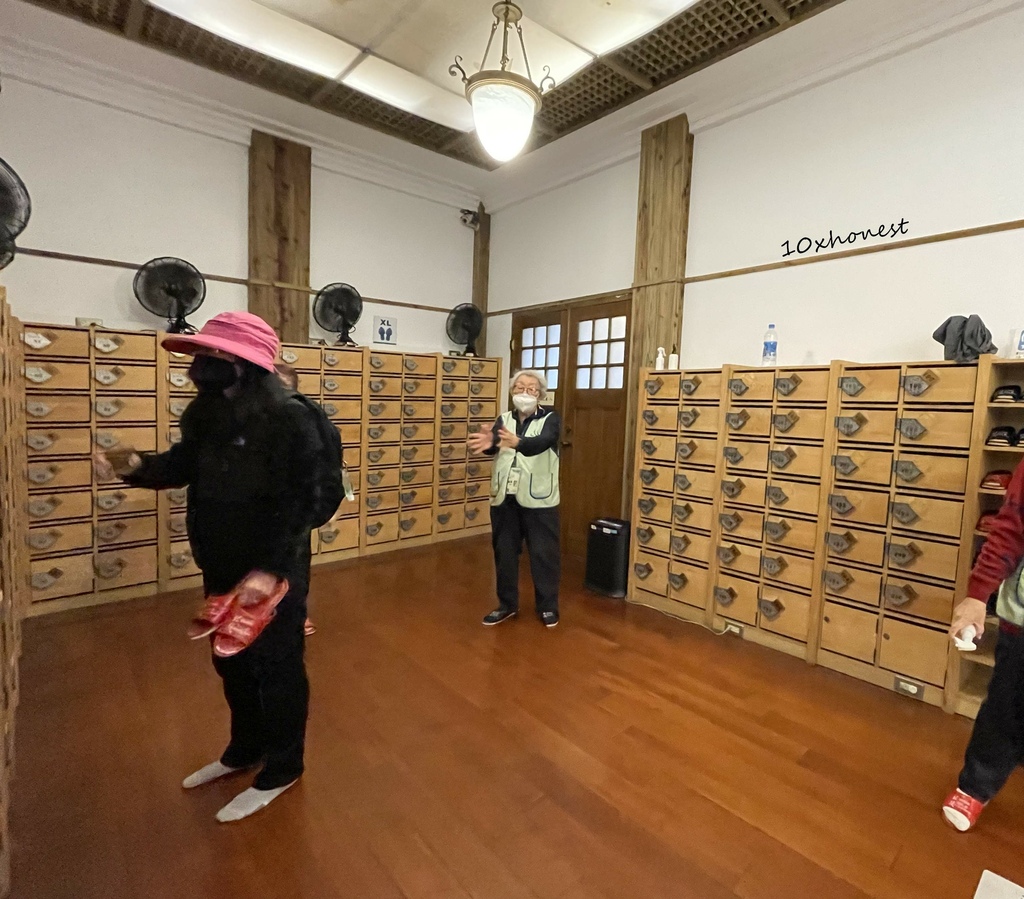
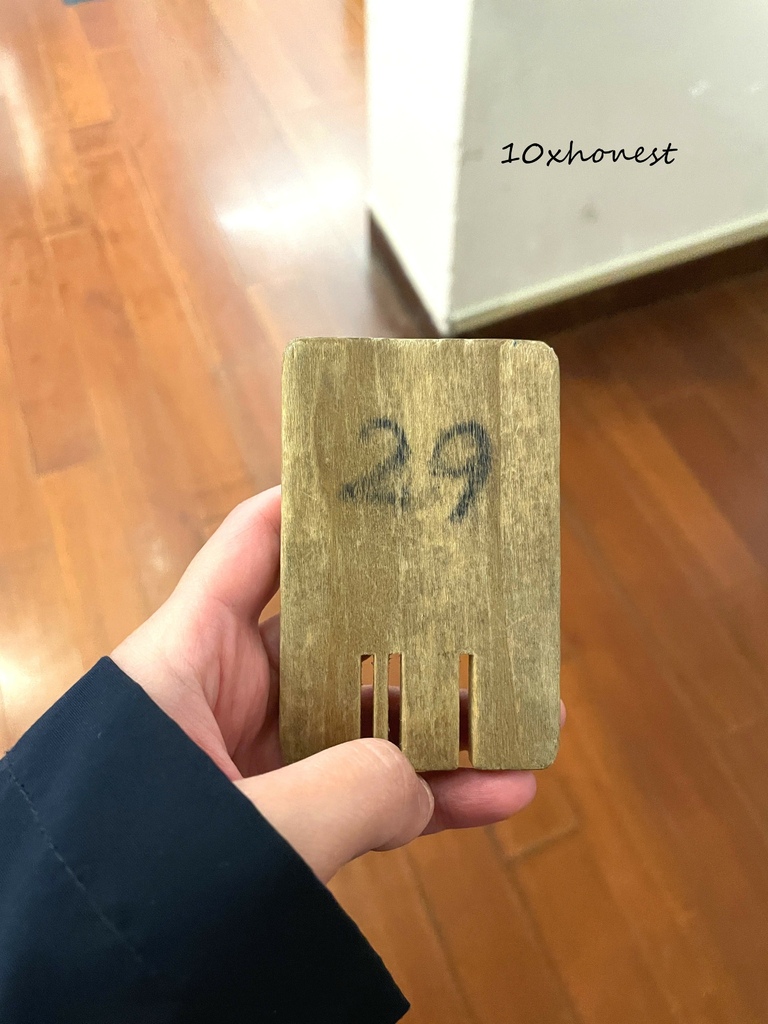
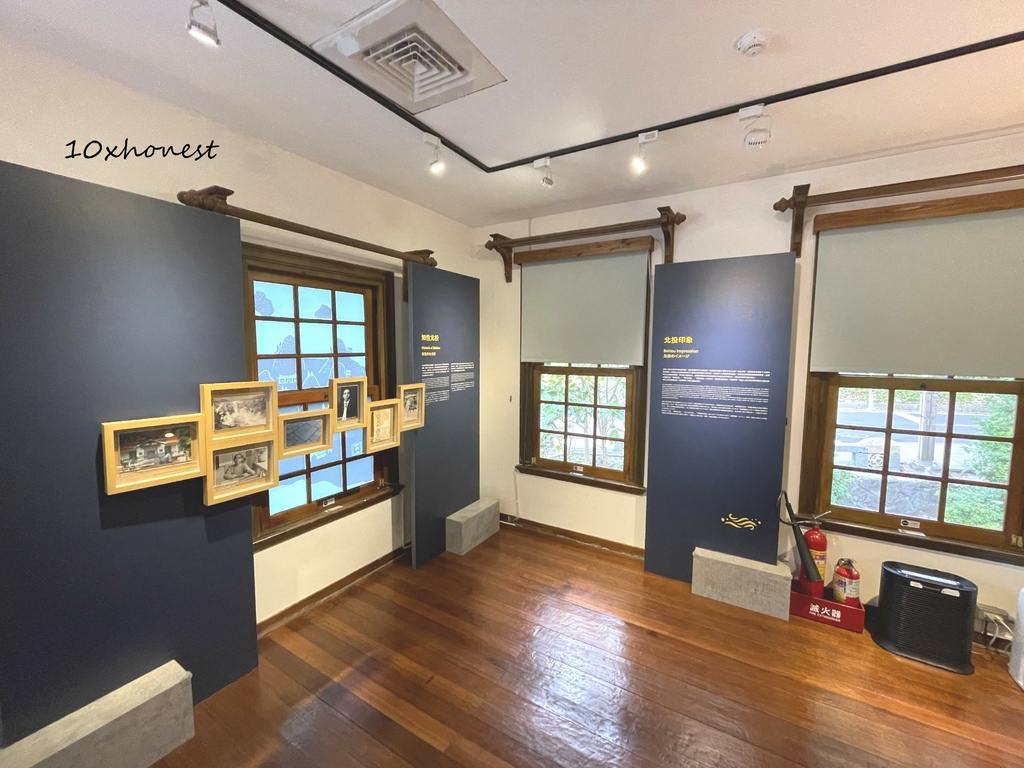
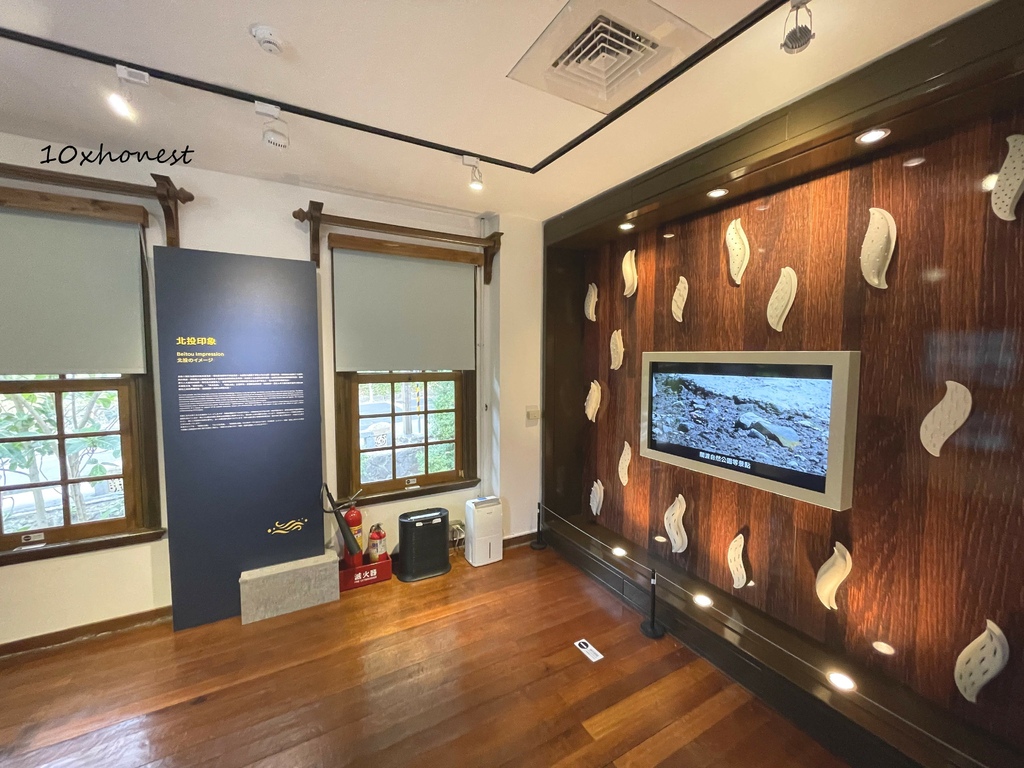
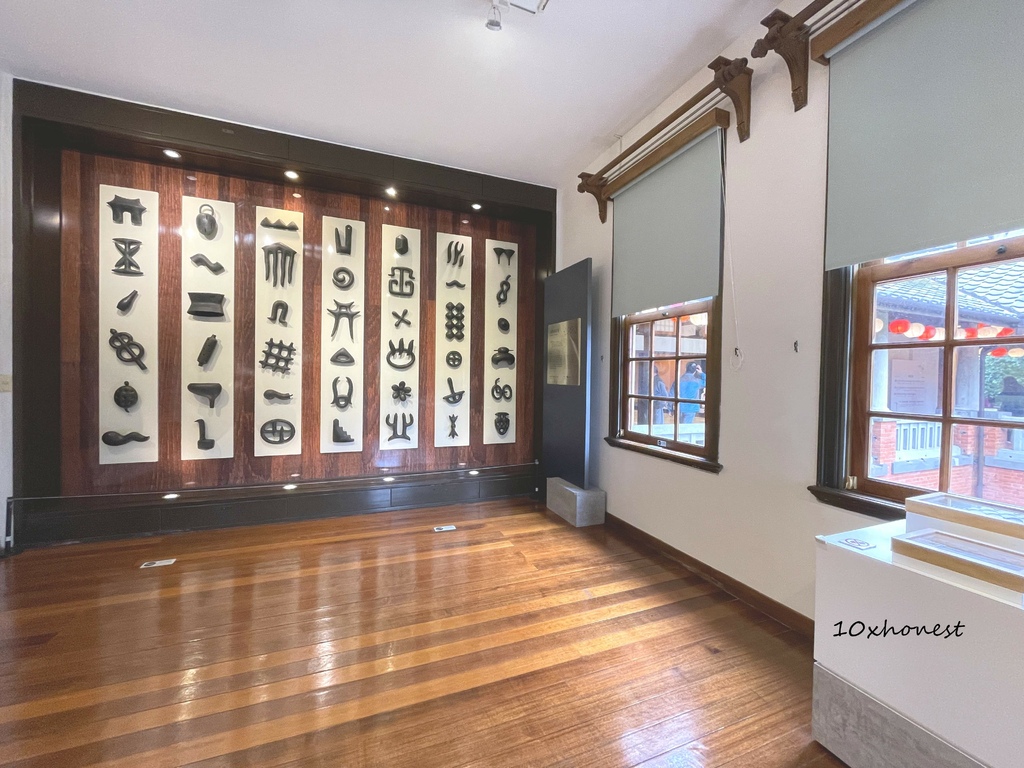
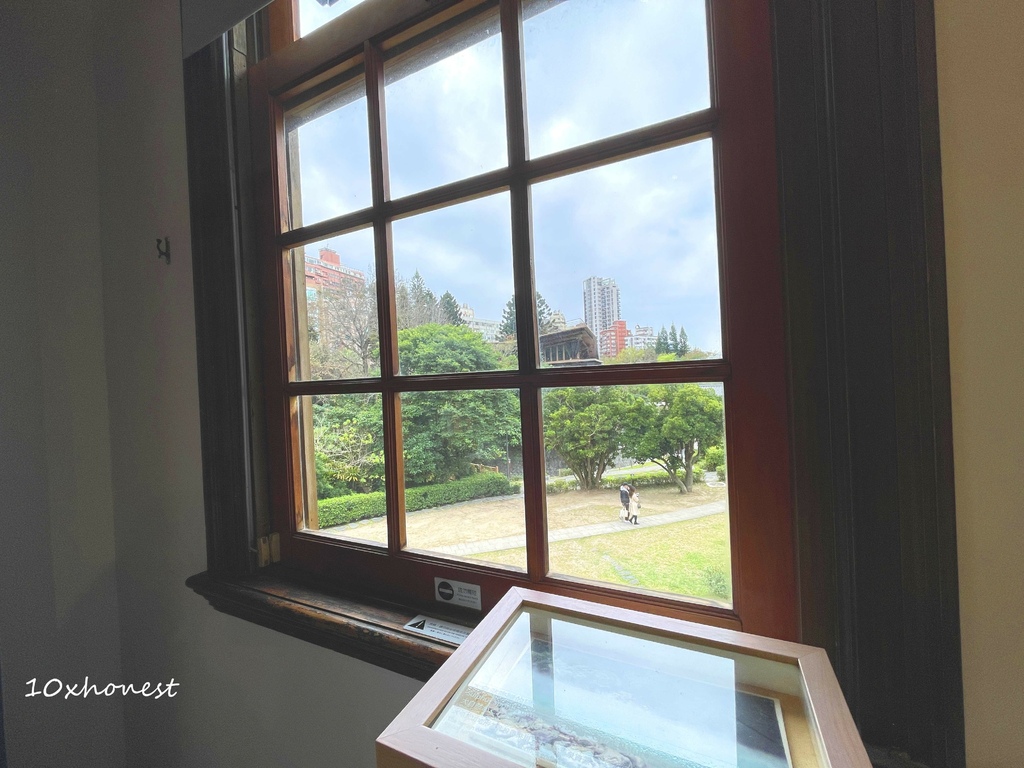
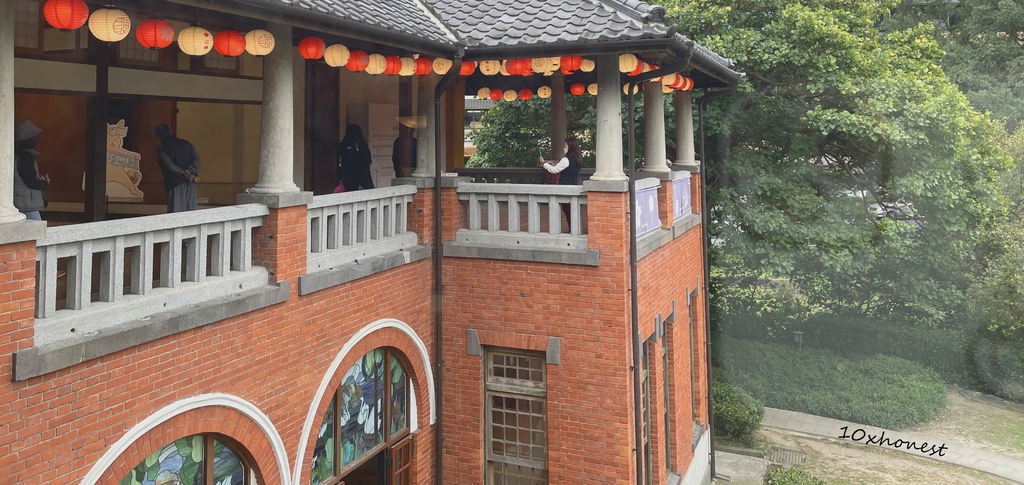
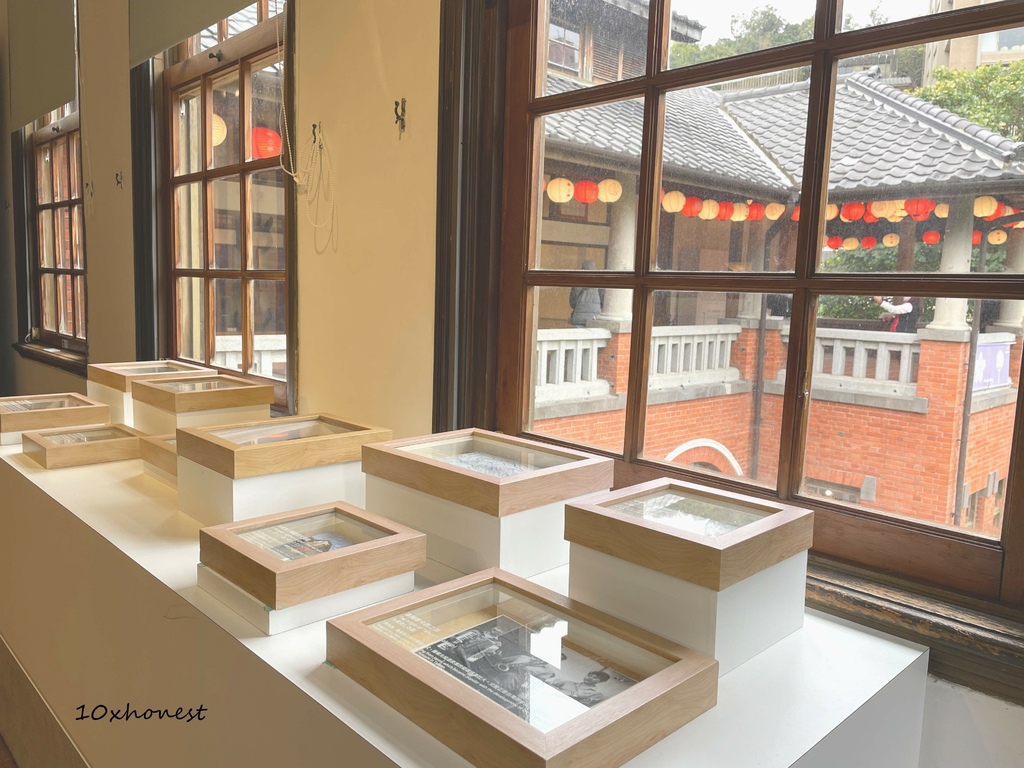
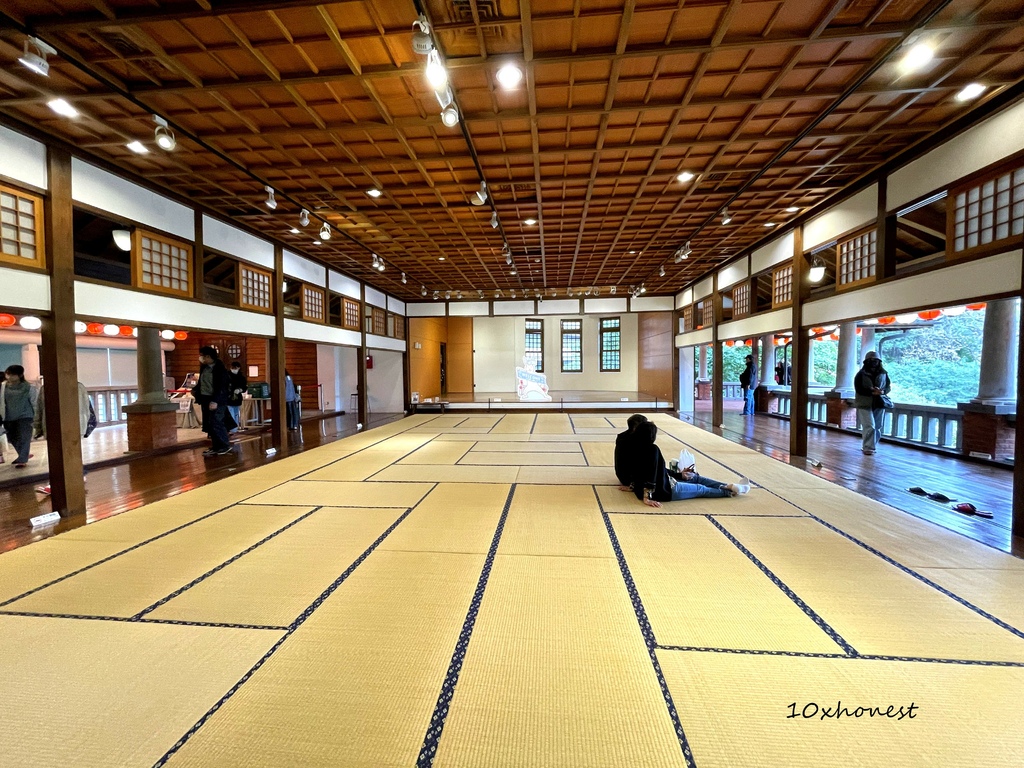
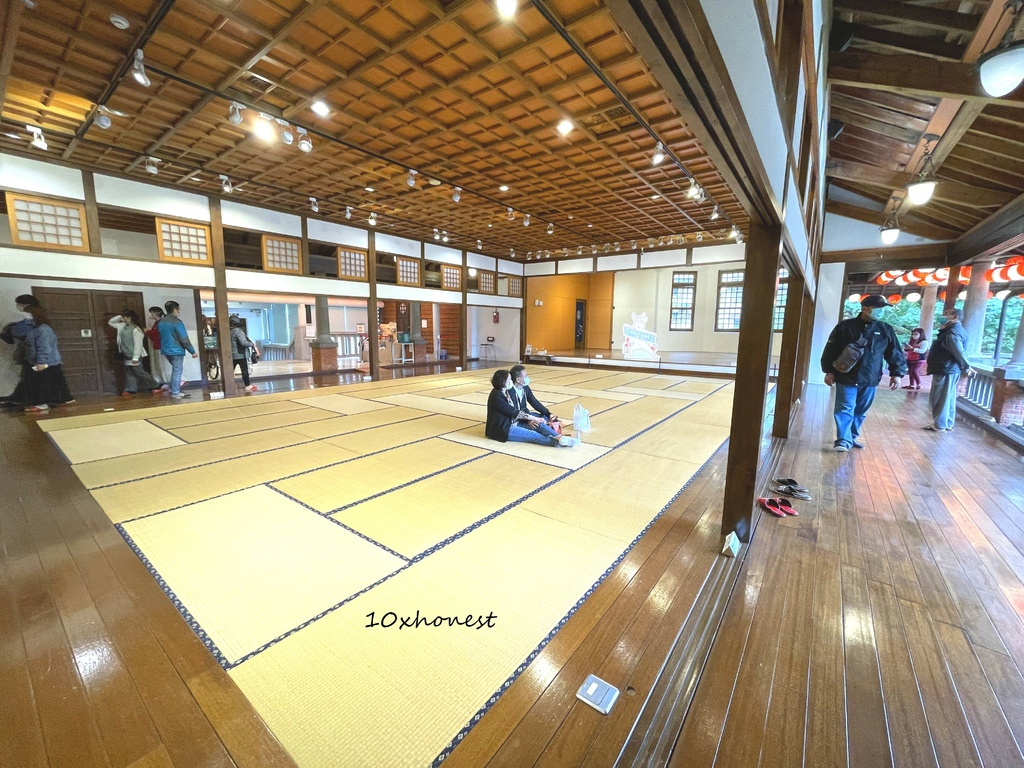
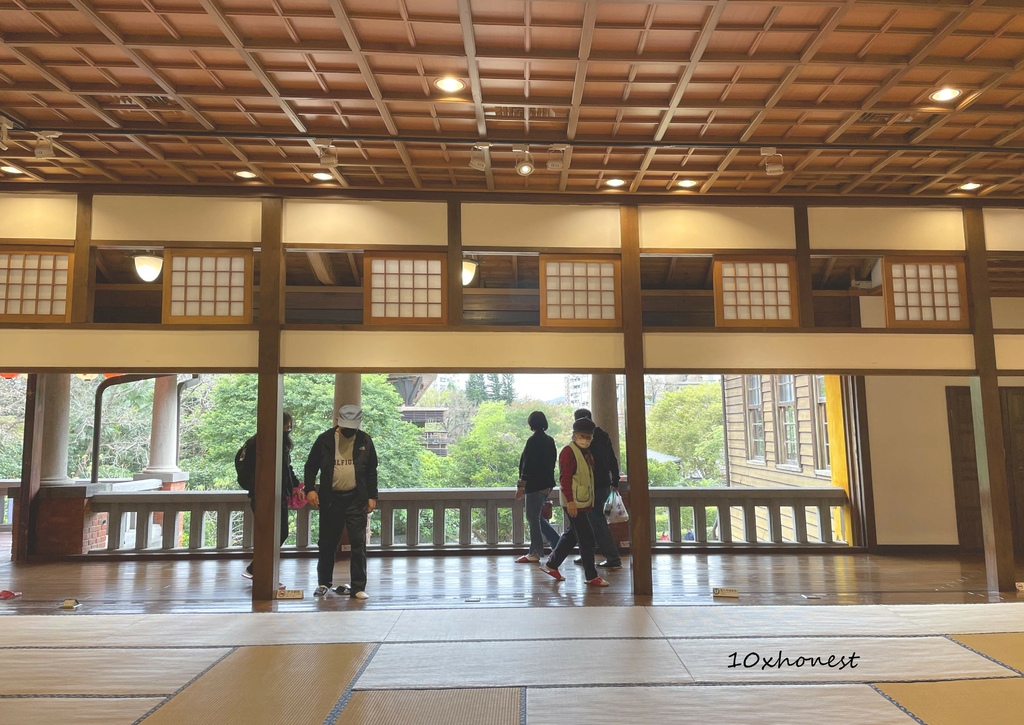
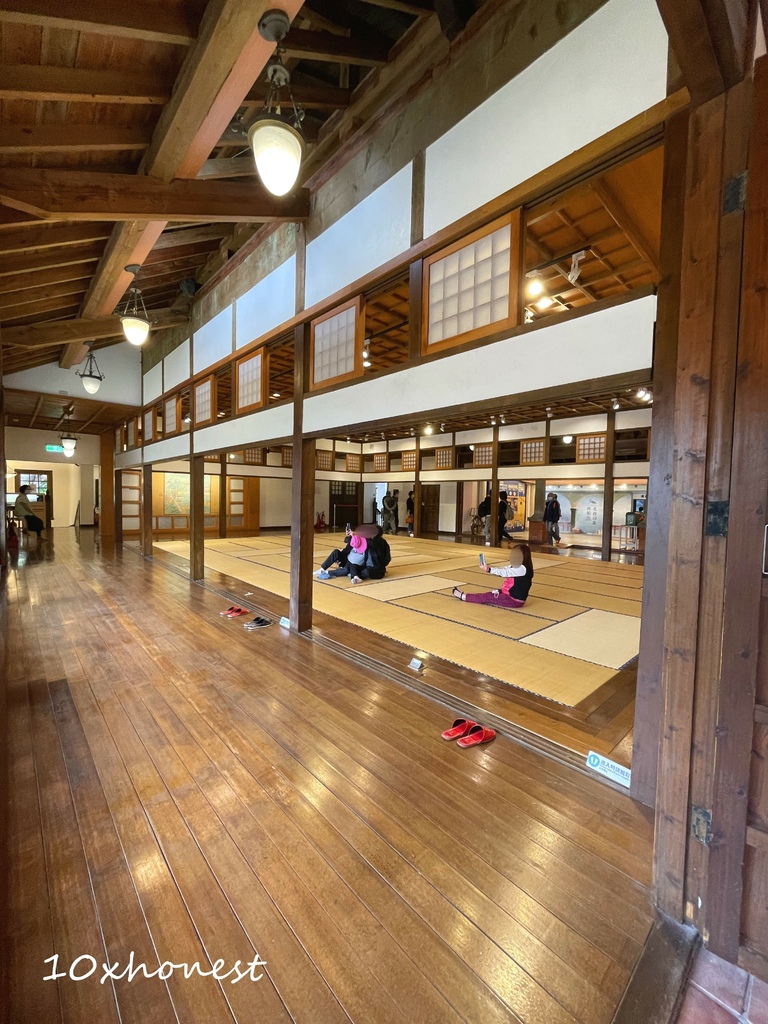
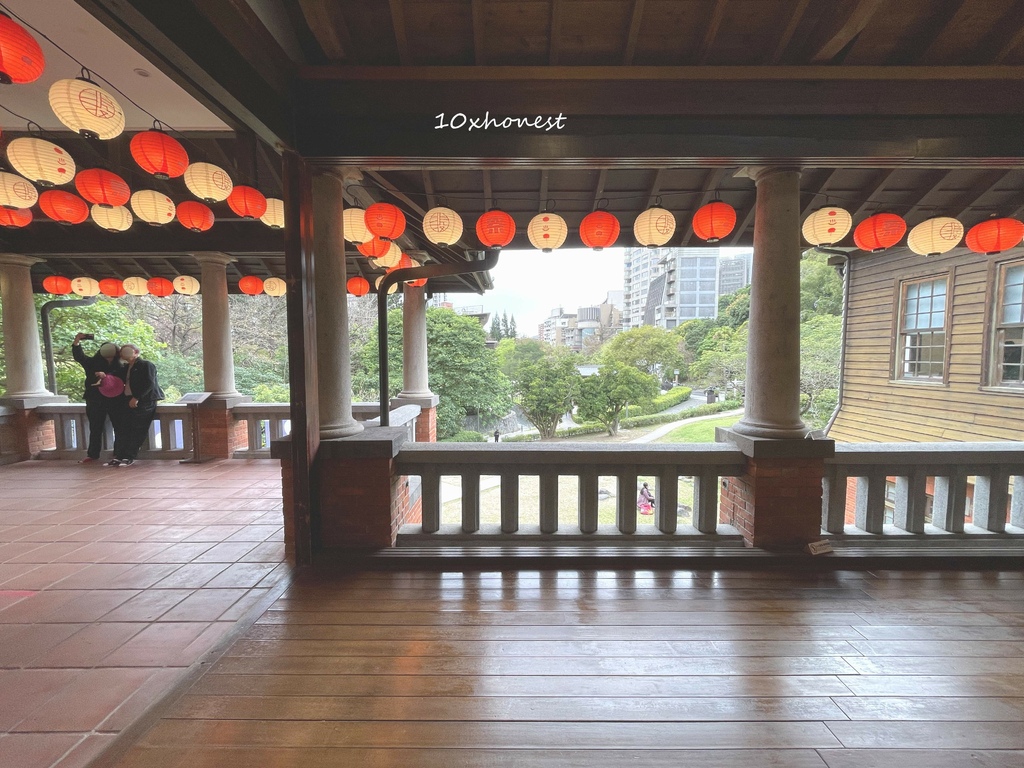
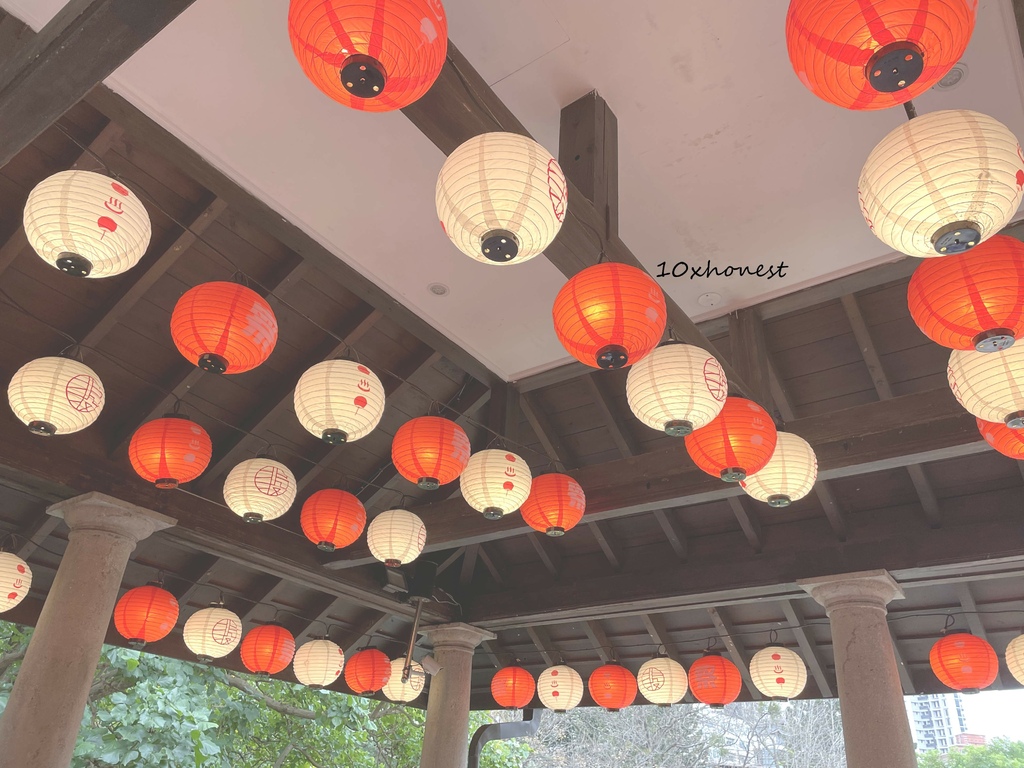
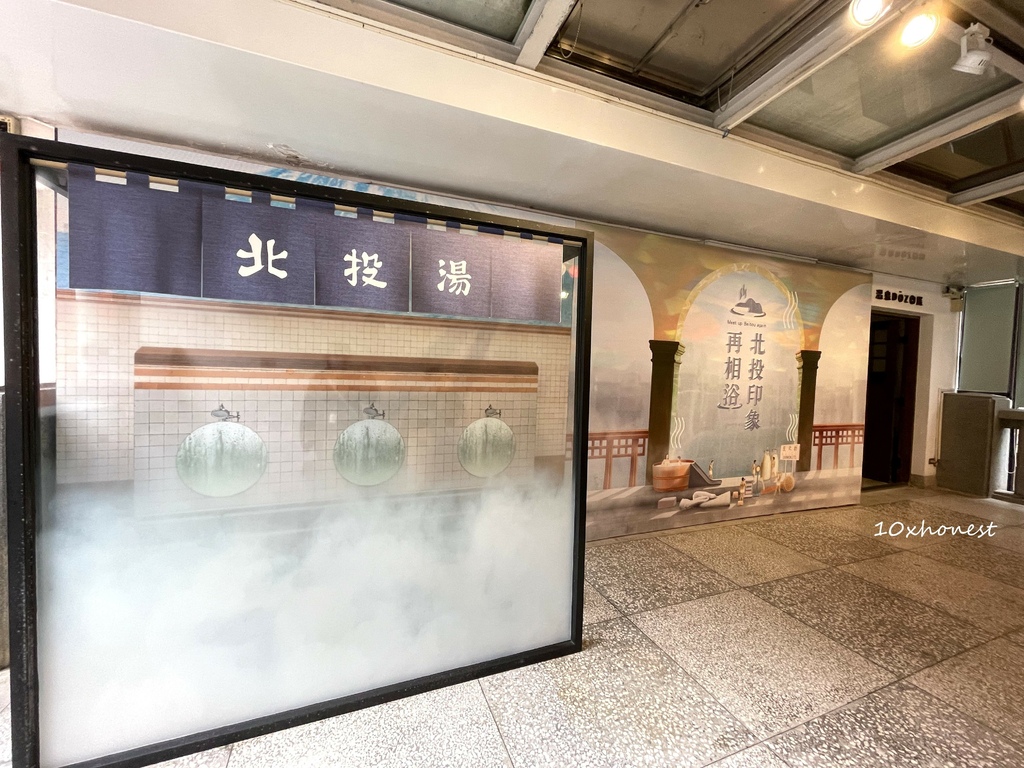
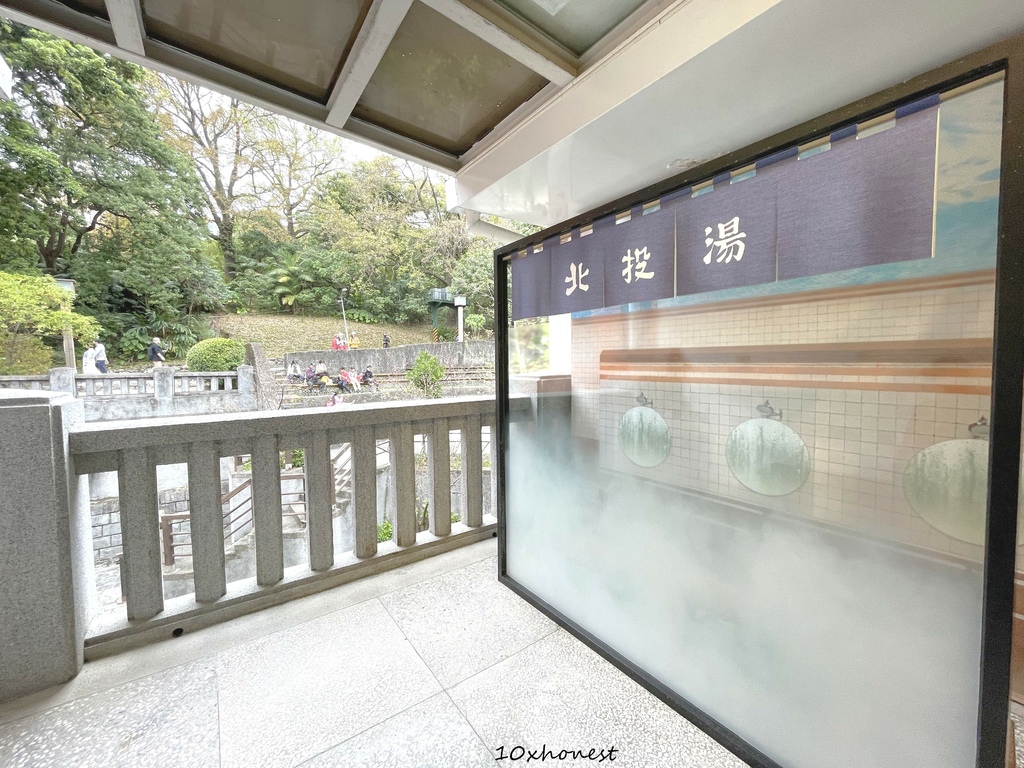
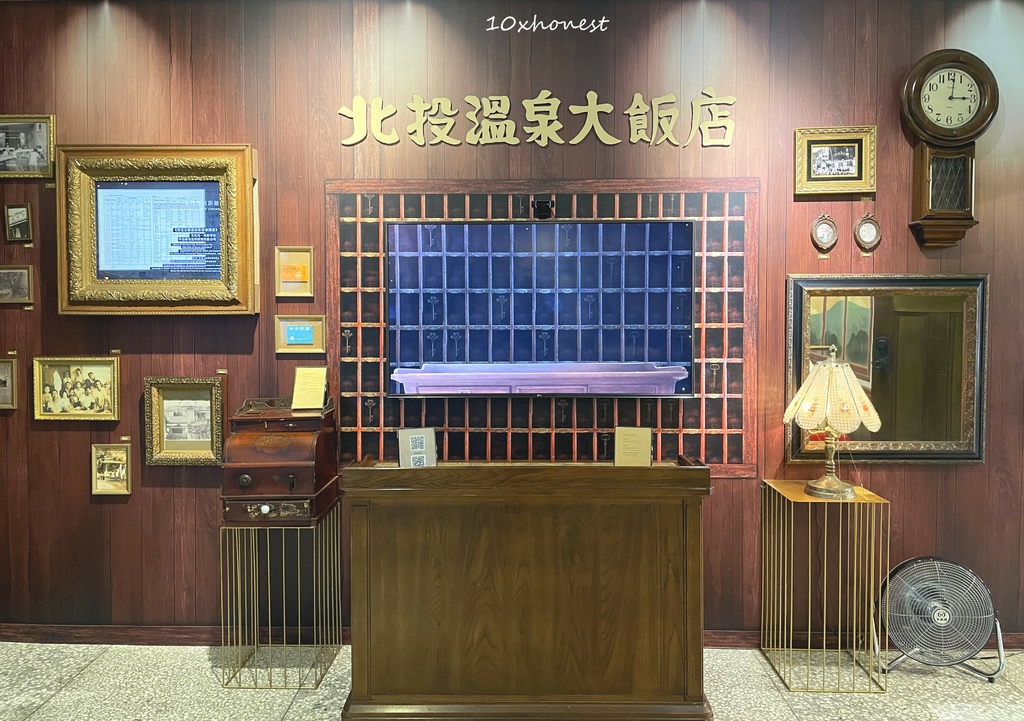
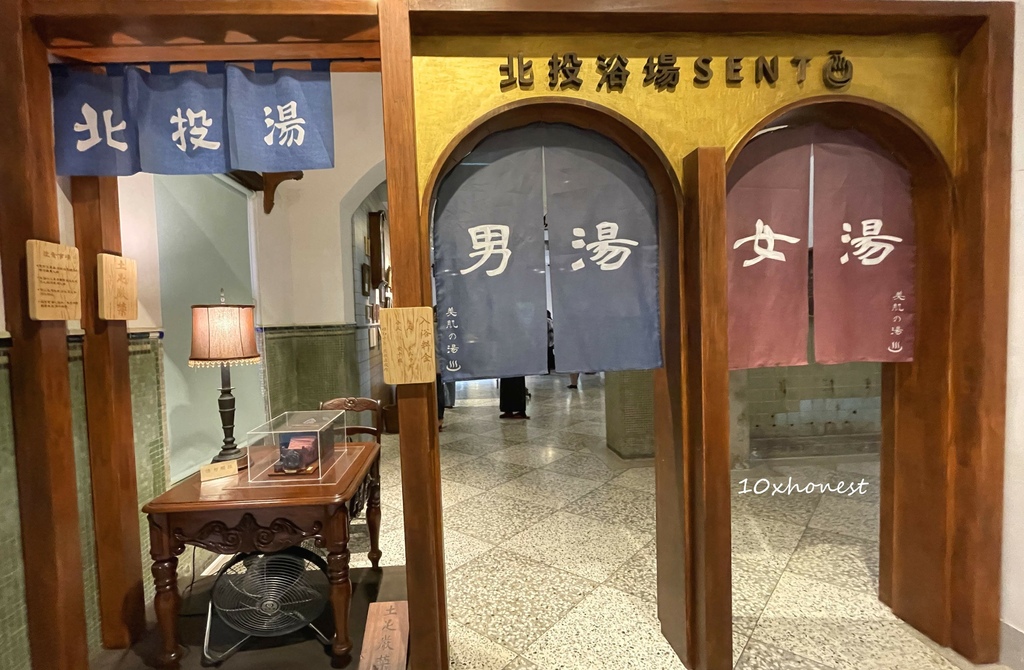
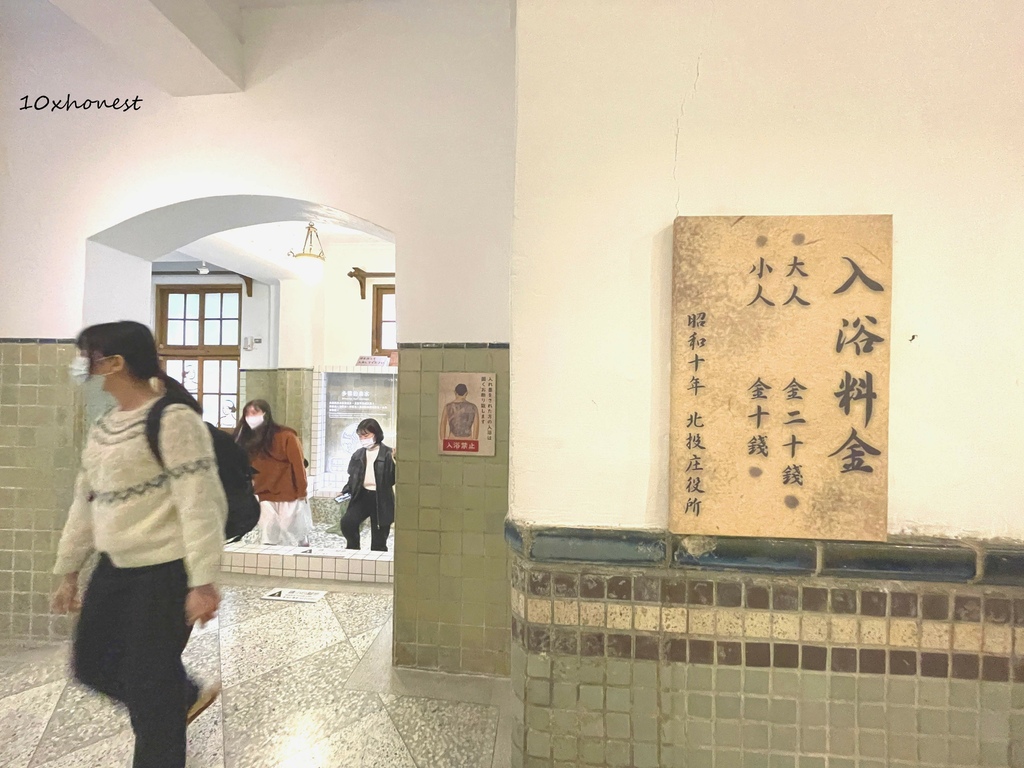
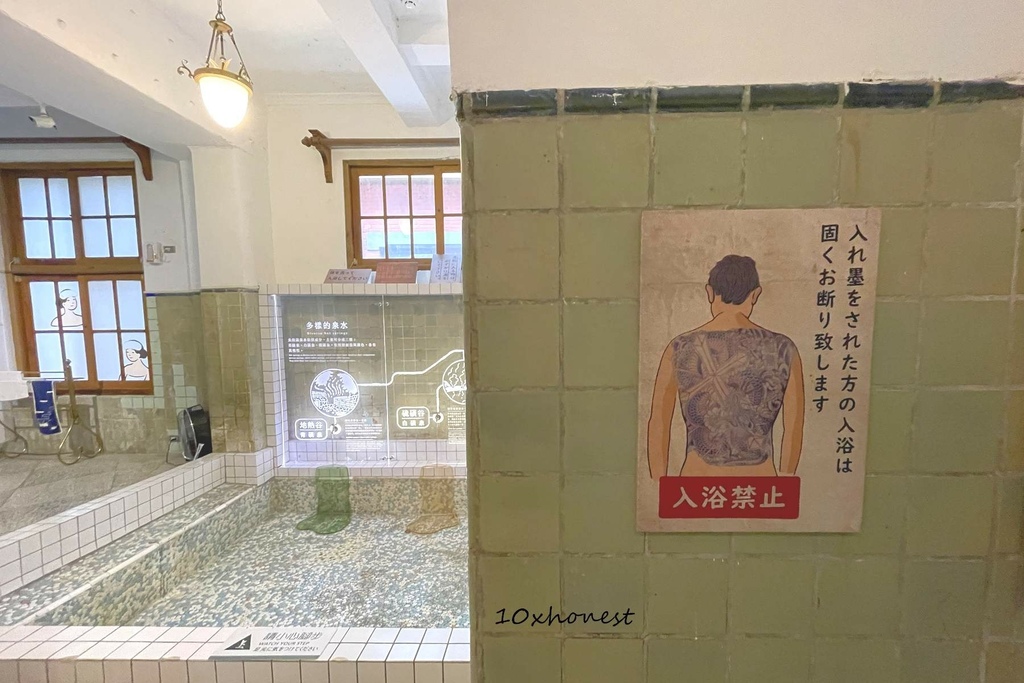
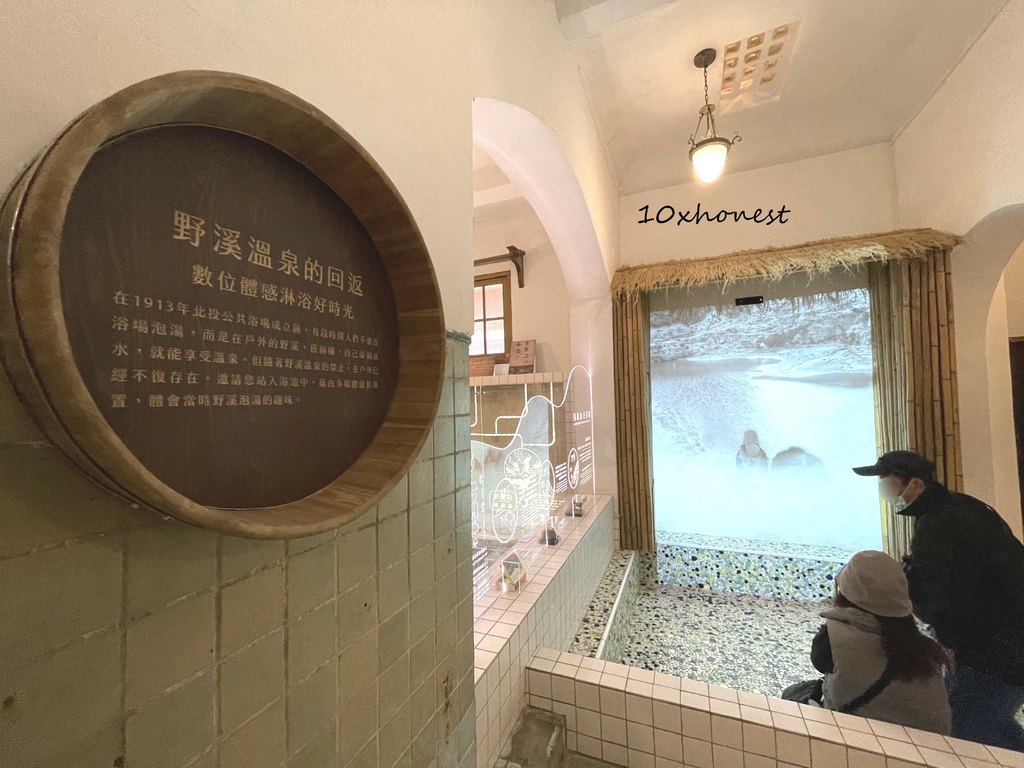
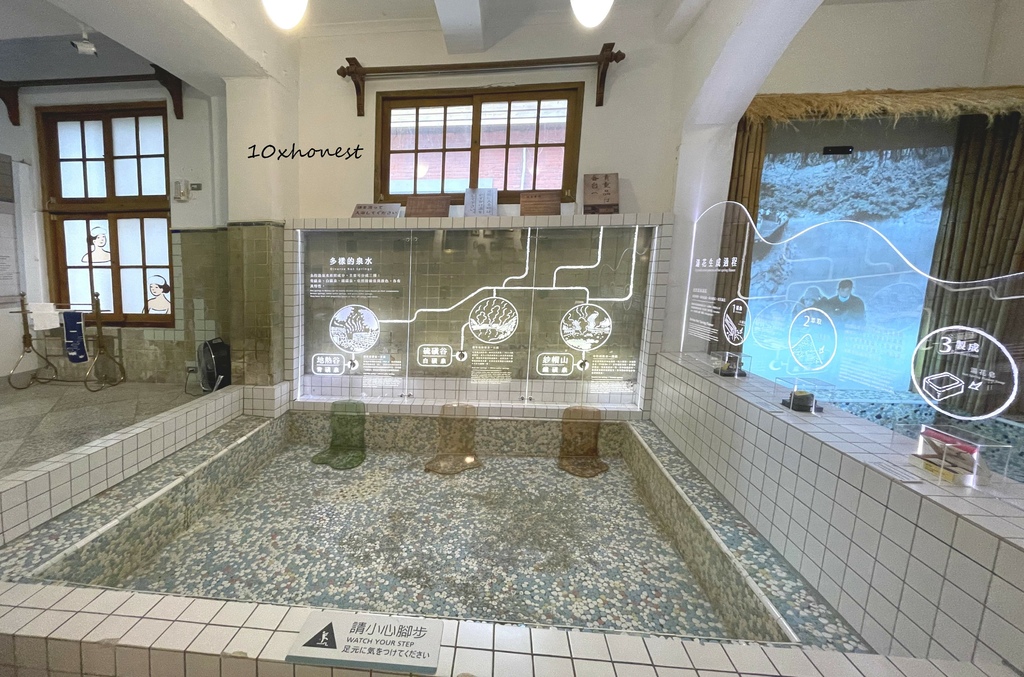
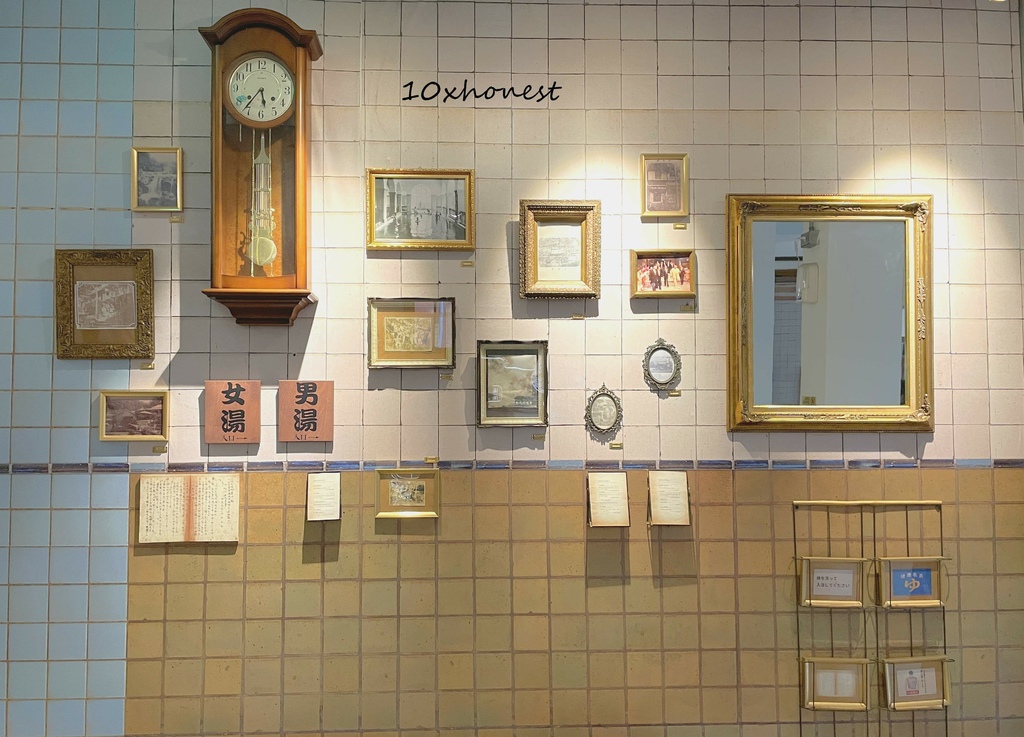
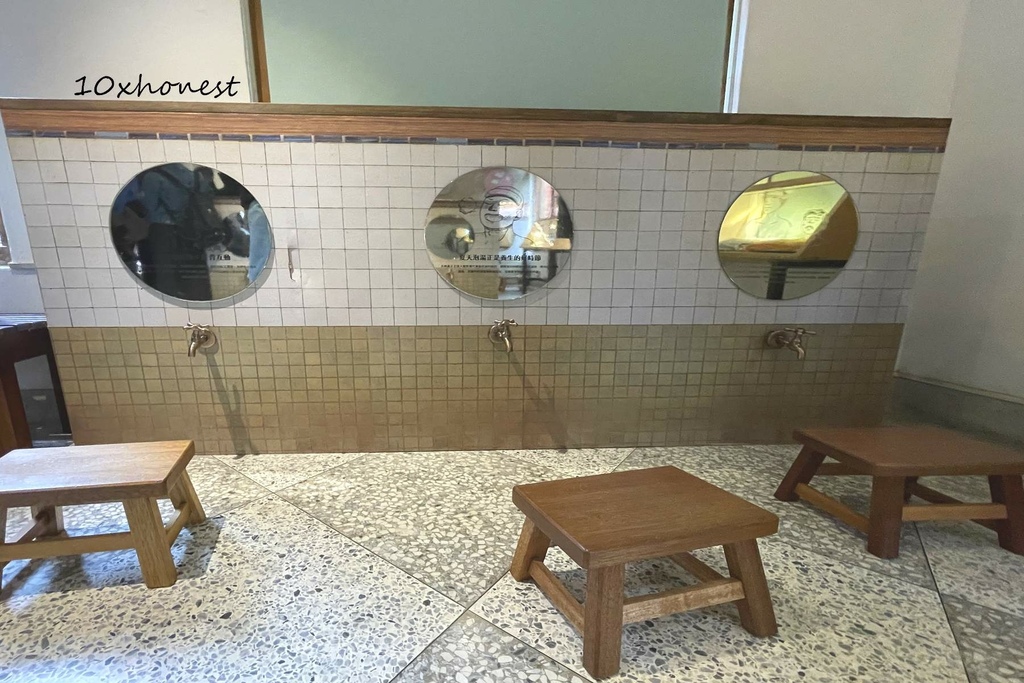
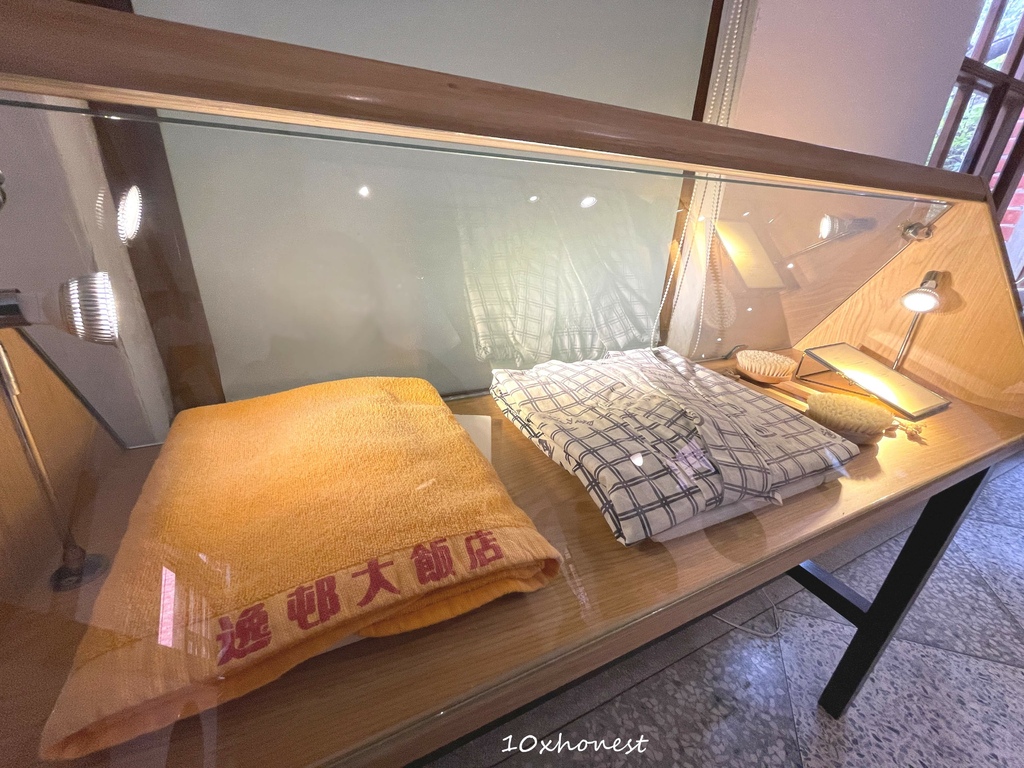
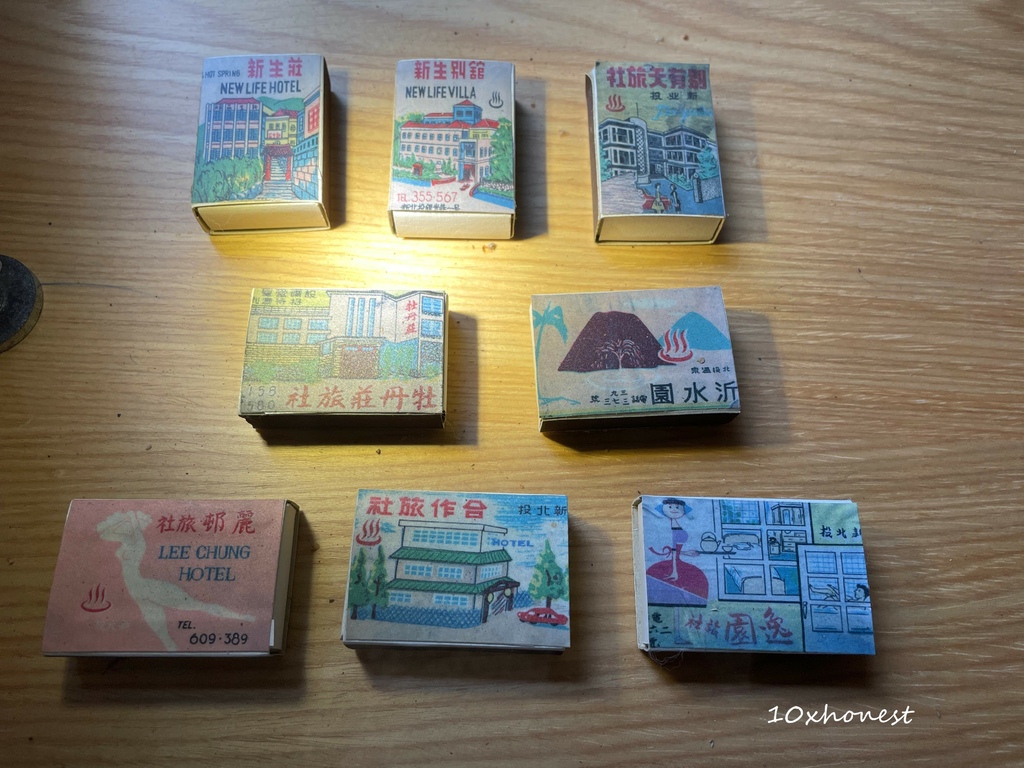
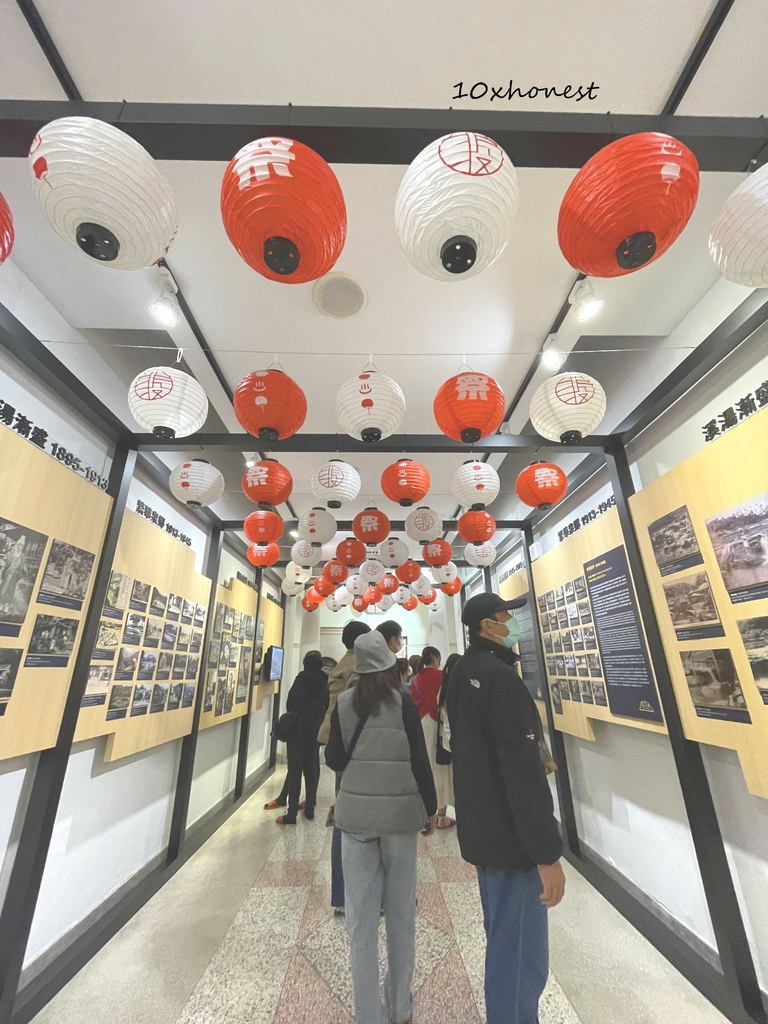
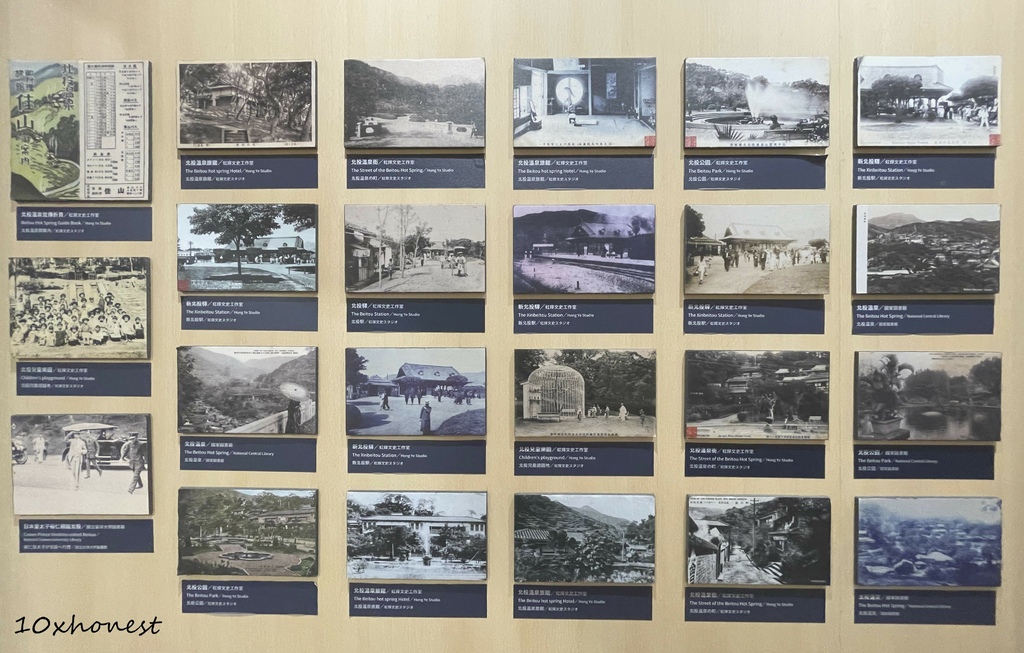
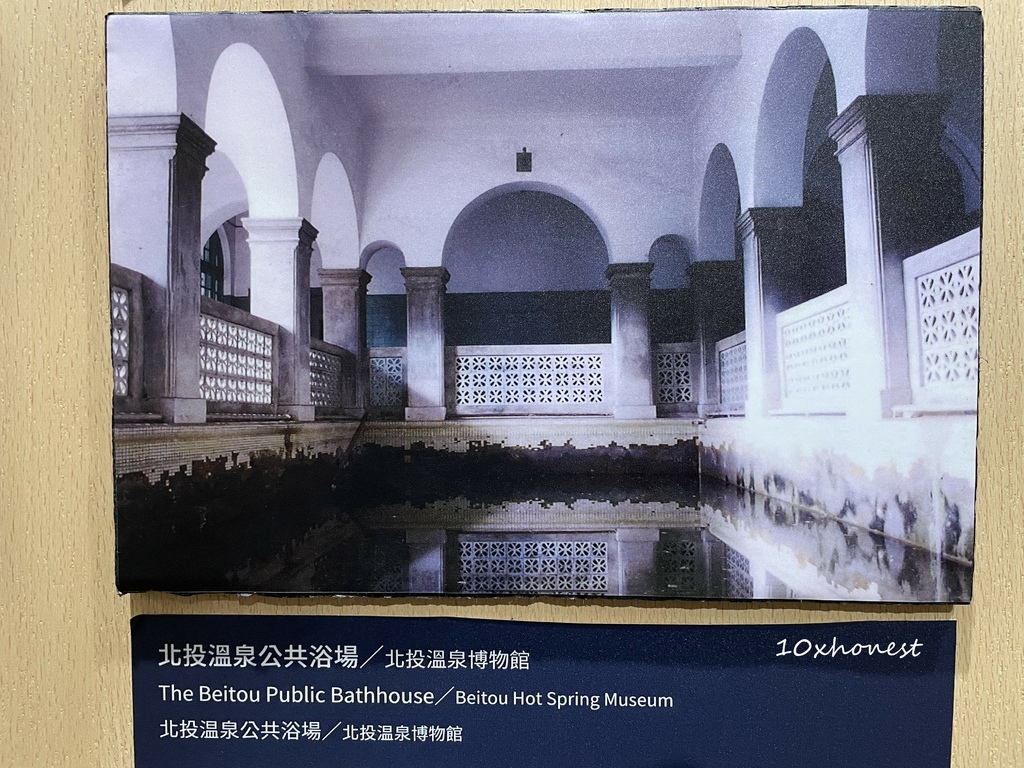
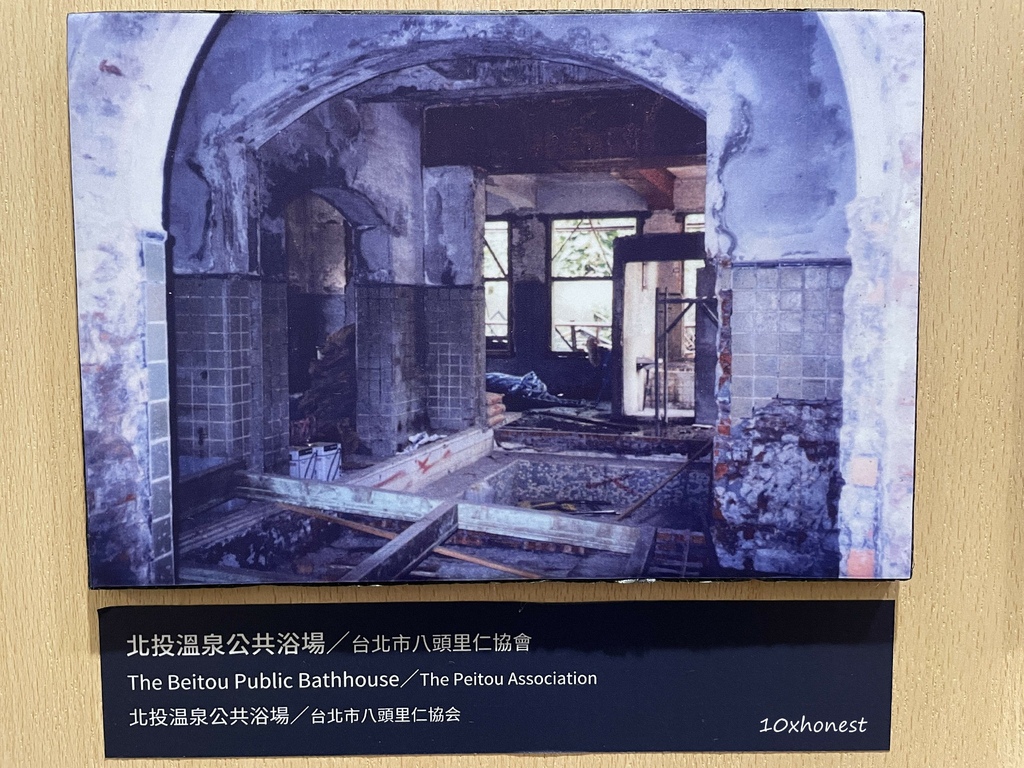
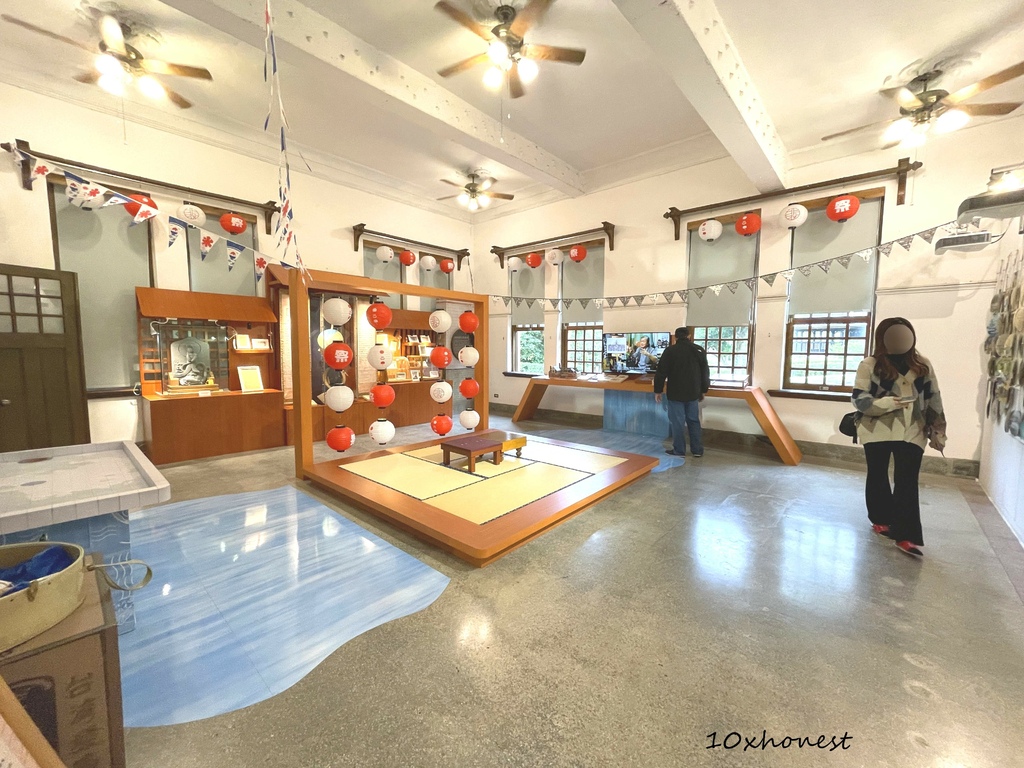
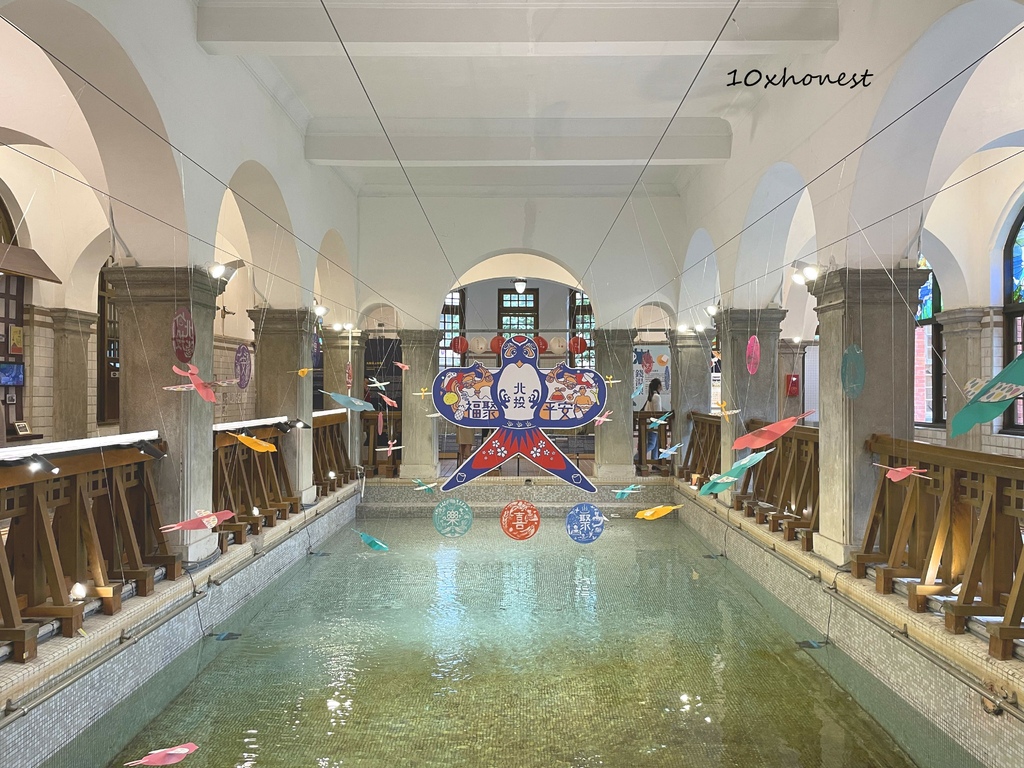
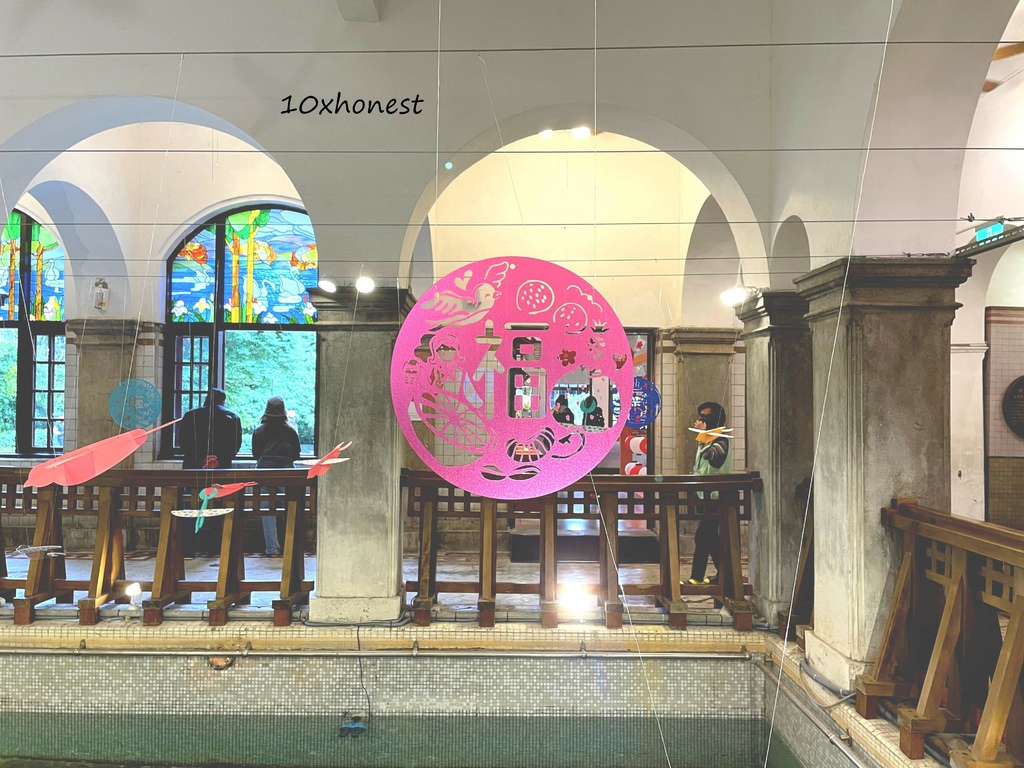
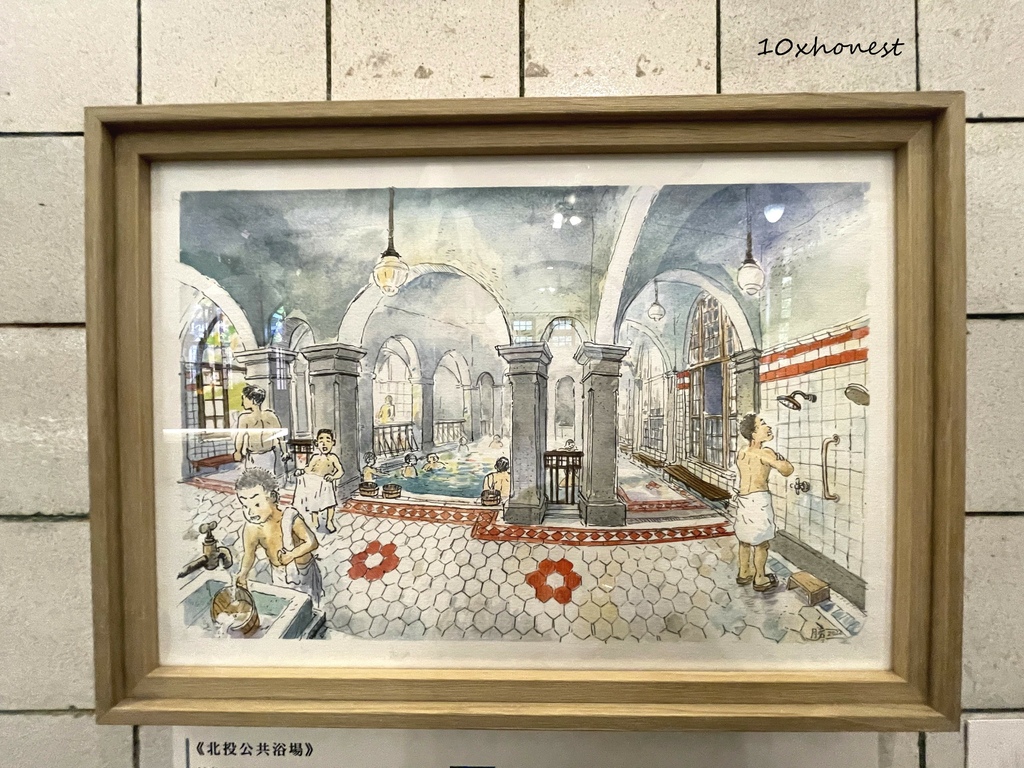
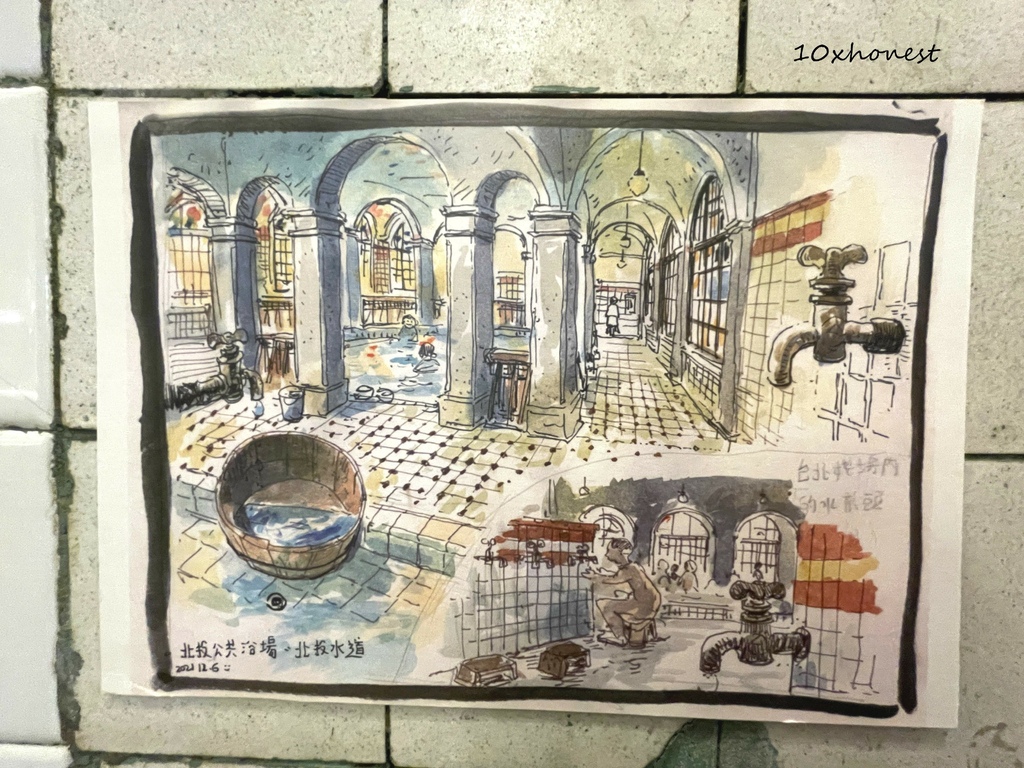
Comments
Post a Comment